Few themes in Warcraft lore carry as much symbolic weight as the eternal conflict between Light and Void. Across expansions, two opposing forces—purity and entropy—shape not only the universe but also the hearts of its people. The Lightforged and the Void-touched stand as living embodiments of this struggle, reflecting both devotion and corruption, faith and fear.
This article examines how these civilizations mirror cosmic duality, exploring their origins, philosophies, and the moral questions their existence raises.
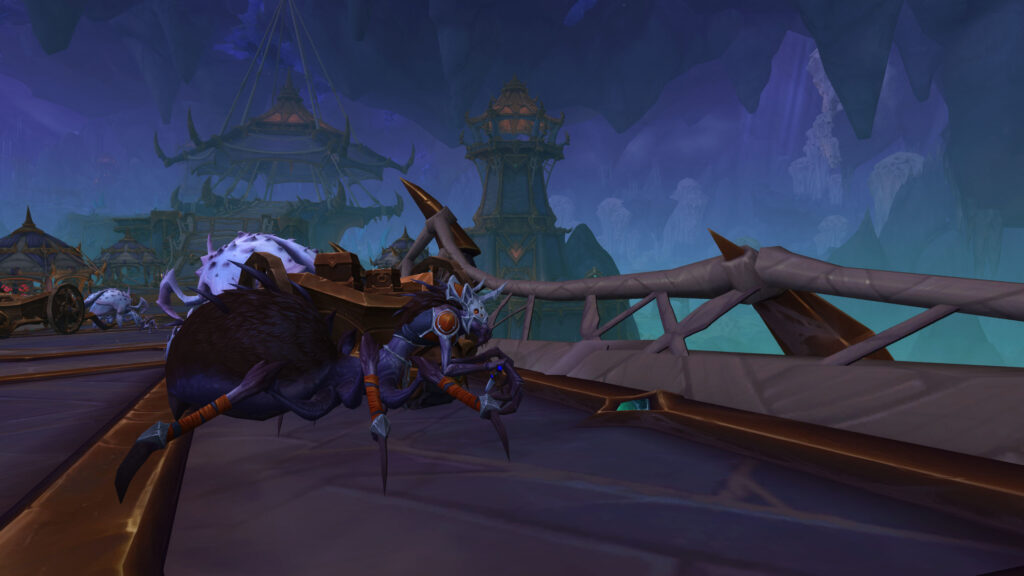
The Birth of Two Extremes
The Lightforged Draenei and the Void Elves share a common origin—both are descendants of exile and transformation. One sought redemption through divine power, the other through forbidden knowledge. Their paths diverged, yet both represent the price of absolute conviction.
Through storytelling, Blizzard reveals that Light and Void aren’t moral opposites—they’re perspectives. The Lightforged sacrifice individuality for order; the Void-touched embrace chaos to achieve freedom. Both embody devotion carried to its extremes.
Philosophies in Opposition
The Lightforged live by discipline, purpose, and unity under the Naaru’s guidance. Their society thrives on structure, ritual, and service. In contrast, the Void Elves see truth in chaos, believing that understanding darkness brings balance. These philosophies create mirror cultures—one bound by faith, the other by curiosity.
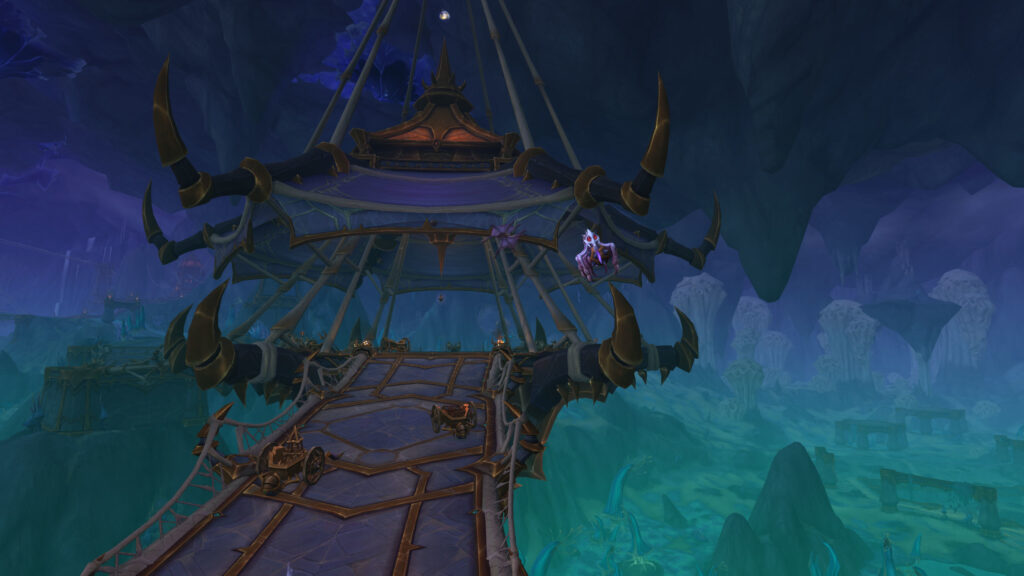
The dynamic between them transcends good and evil. Instead, it frames the moral spectrum as a circle where light’s radiance can blind just as easily as darkness can illuminate insight.
Visual and Cultural Symbolism
Blizzard’s art design reinforces these contrasts. Lightforged architecture gleams with gold and crystal, built around upward motion and symmetry. Void-touched environments, however, spiral inward—echoing instability, infinity, and introspection. Together, they create visual poetry about control versus surrender.
The table below compares their defining traits:
| Aspect | Lightforged | Void-Touched |
|---|---|---|
| Core Philosophy | Order, sacrifice, devotion | Freedom, curiosity, acceptance of chaos |
| Visual Aesthetic | Radiant gold and silver | Deep purples and shifting blues |
| Leadership Figure | Turalyon and Xe’ra | Alleria Windrunner |
| Emotional Tone | Faith-driven clarity | Tempered madness |
These contrasts are not just stylistic—they communicate philosophy through design, allowing even casual players to intuit moral tension without reading quest text.
The Danger of Purity and the Beauty of Balance
Light and Void each promise salvation but demand submission. The Lightforged surrender will; the Void-touched risk sanity. Both lose something essential in exchange for power. This duality is Blizzard’s ongoing metaphor for human nature—our tendency to define truth by extremes.
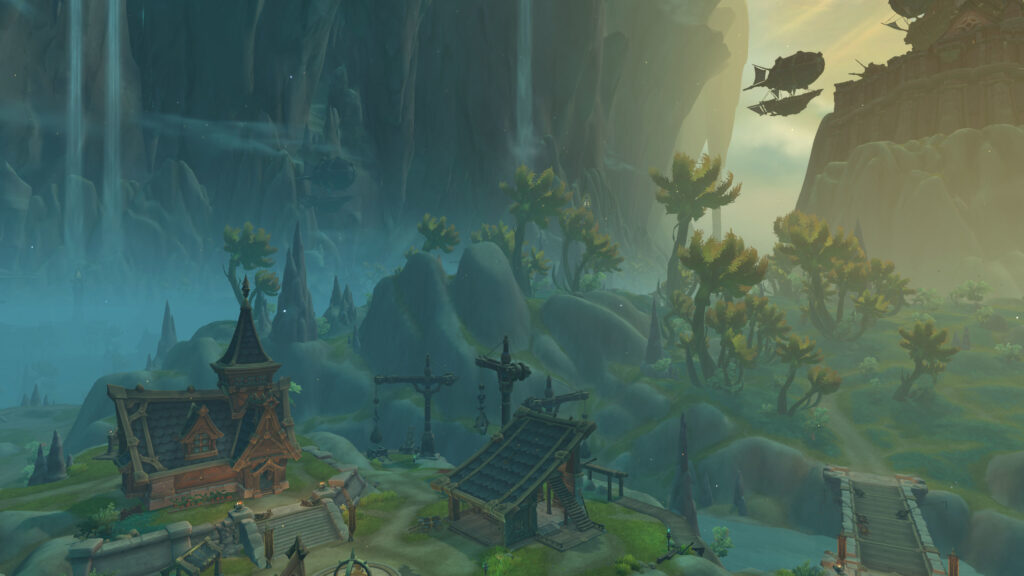
Balance, as represented by characters like the Naaru who fluctuate between Light and Void, suggests that harmony lies not in victory, but coexistence. It’s a cosmic lesson disguised as fantasy storytelling.
Legacy in Modern Warcraft
In current expansions, traces of this duality appear everywhere—from the shifting skies of the Shadowlands to the crystalline temples of the Lightbound. The idea that both forces are parts of a whole deepens the lore’s complexity, linking every cosmic struggle back to the same philosophical core: that no side owns truth entirely.

This narrative motif keeps players questioning not just lore, but morality—reminding them that even Light can cast shadows, and even darkness can offer clarity.
Conclusion
The Lightforged and Void-touched civilizations are more than thematic opposites—they’re narrative reflections of one another. Through them, Azeroth becomes a canvas of contrasts, painting questions about power, identity, and faith across its stars.
Blizzard’s genius lies in making cosmic philosophy personal. In every holy glow and whispering void, we see the same message: balance isn’t found in purity—it’s found in understanding both sides of the light.
Home

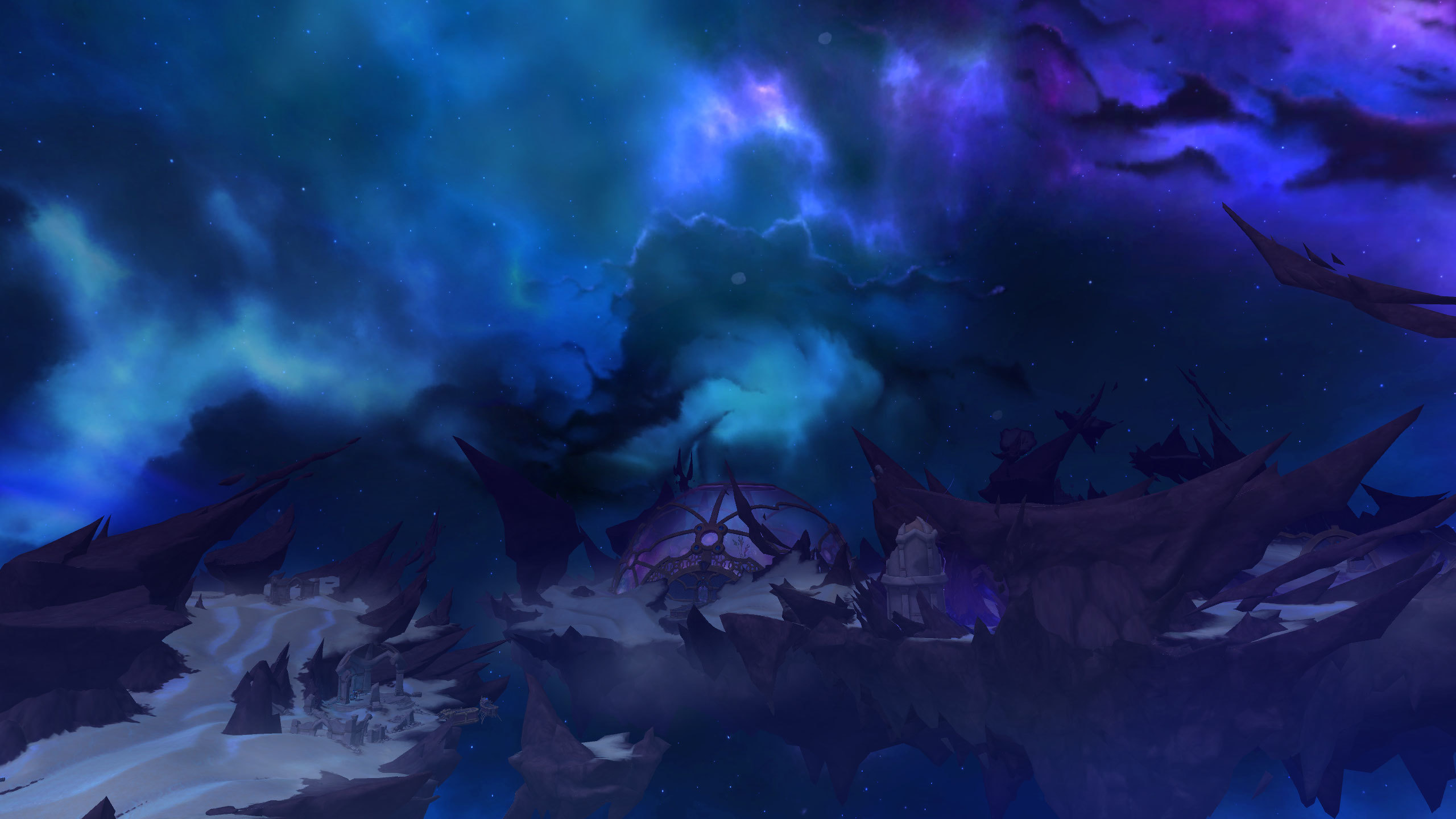

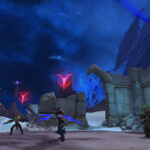

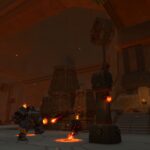

Leave a Reply